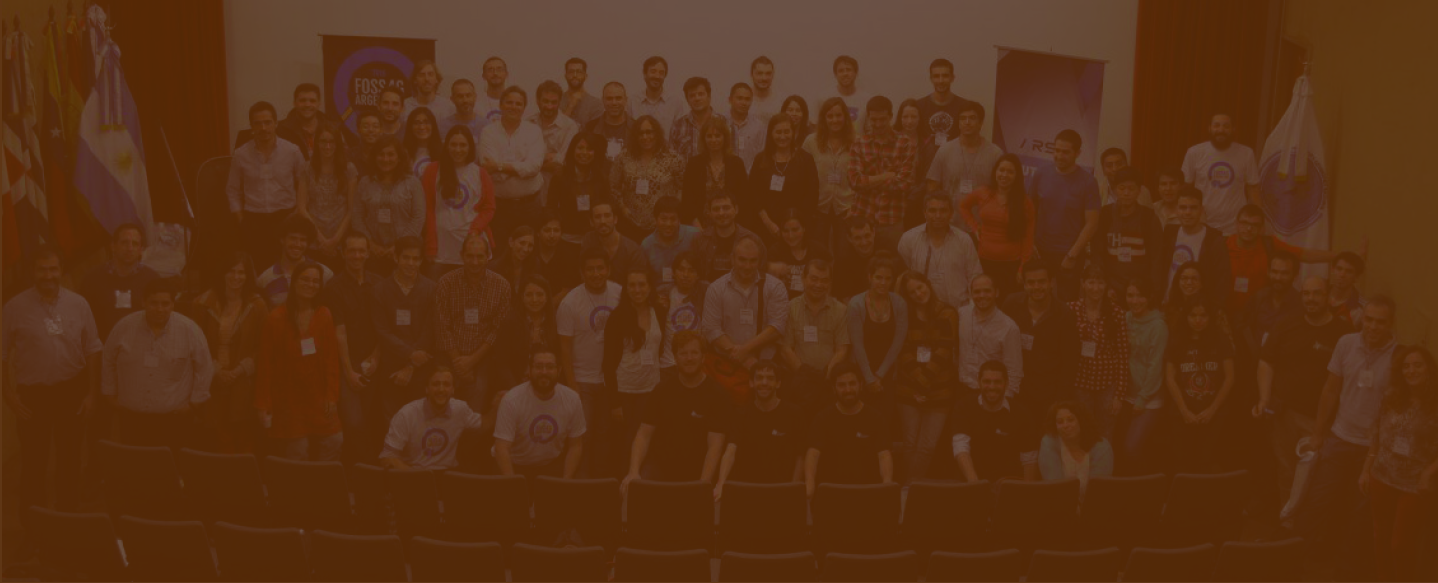2021-09-27, 14:00–18:00, Juana Azurduy
Baremaps is an open-source framework for creating vector tiles. It assists the cartographer in customizing the content of the vector tiles, iterating on the associated style. Once the vector tiles and associated stylesheet are ready, Baremaps can be used to serve them dynamically or to generate them and publish them on cloud object storage. This process is critical to build robust and dynamic web mapping experiences.
In contrast with bitmaps, vector tiles are rendered on the device of the user, which enables maps to match the context of the users (e.g. commuting) and to dynamically adapt when it changes (e.g. entering a building). A web cartographer can use baremaps to develop both the style and data content at the same time using the embedded development server. During this workshop, we will create a map based on OpenStreetMap data, we will include a third-party dataset in the vector tiles and demonstrate the creation of a dynamic web mapping experience. Finally, we will demonstrate how to publish the vector tiles on Amazon S3 and serve them with a content-delivery network.
Don't forget to register before we run out of tickets!
Baremaps can be used to create an end-to-end pipeline for publishing vector tiles. Baremaps features an efficient data importer from native OpenStreetMap pbf to Postgis and it allows to perform custom transformations (e.g., geometry simplifications) during the import process. Additionally, Baremaps provides a tile server with live reloading capabilities and cloud compatible vector tile exporters.
During the workshop we will use Baremaps to import OpenStreetMap data in Postgis, to create simplified geometries for low zoom levels, and to create spatial indexes. These simplifications are important as they enhance the overall performance of the publication pipeline. The Postgis database will then be used to show how a cartographer can iteratively work on the content of the vector tiles and on the accompanying style. Baremaps improves this process by enabling the cartographer to reload the changes occurring on the vector tiles and on the associated style directly in the browser. A third-party dataset will finally be included in the vector tiles to showcase a contextual mapping example. At the end of the workshop, we will demonstrate how a local setup can seamlessly be deployed on a cloud infrastructure.
In this demo, we will show how baremaps can be used to:
- Dynamically edit data and style (customization)
- Parallelized Import
- Parallelized Export
- Use elevation data from ASTER and use them as vector contour map
- Use OSM data
- Extrude building from OSM data
- Use custom data
- Adapt the map according to a context in the browser
- Publish tiles to cloud (s3://)
- Use them in in a productive setup
Dr Andrea Borghi, Senior Developer, Camptocamp SA, Switzerland
Prof. Bertil Chapuis, Associate Professor, HEIG-VD, Switzerland
3 - Medium. Advanced knowledge is recommended.
Requirements for the Attendees –The users should have basis in :
- PostGIS
- OSM data
- docker
In addition, basis in the following can be useful but not required:
- webmapping
- gdal
- cloud technologies
My main current focus is on devops technologies applied to geospatial develepment. In particular for webmapping.

